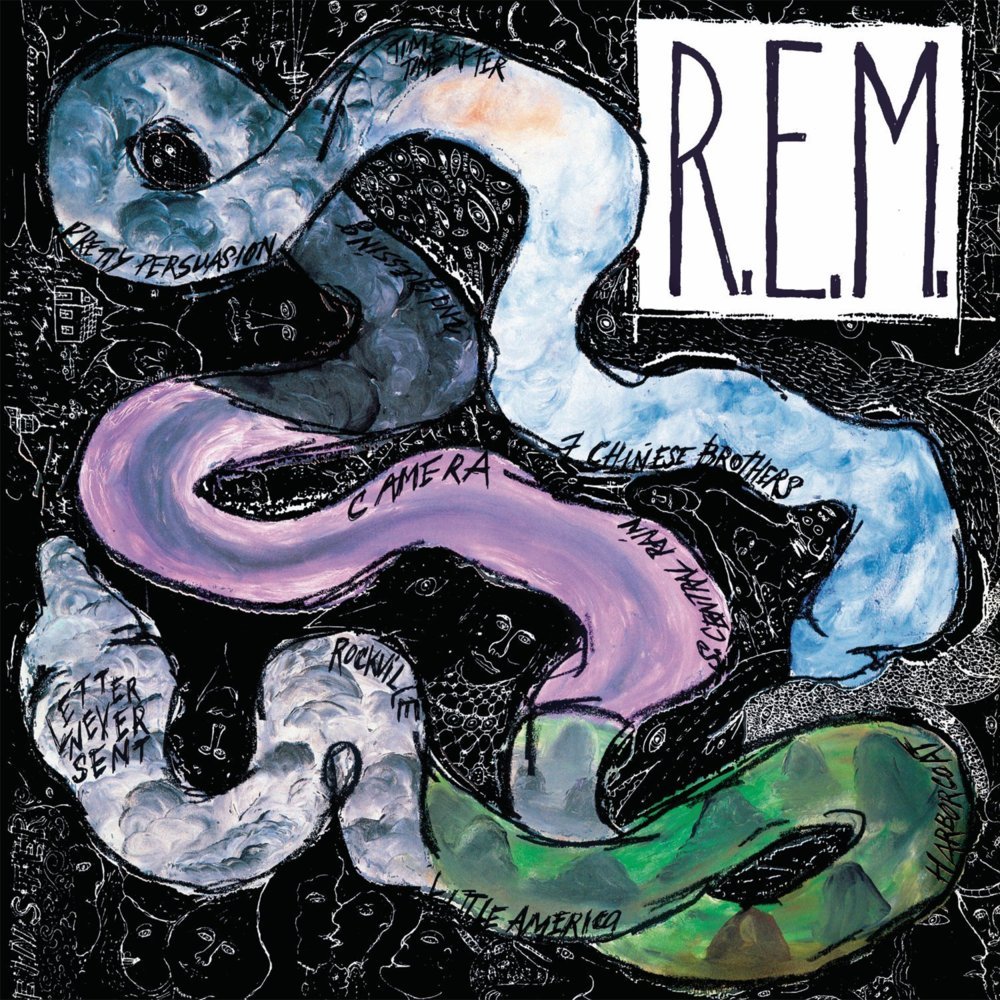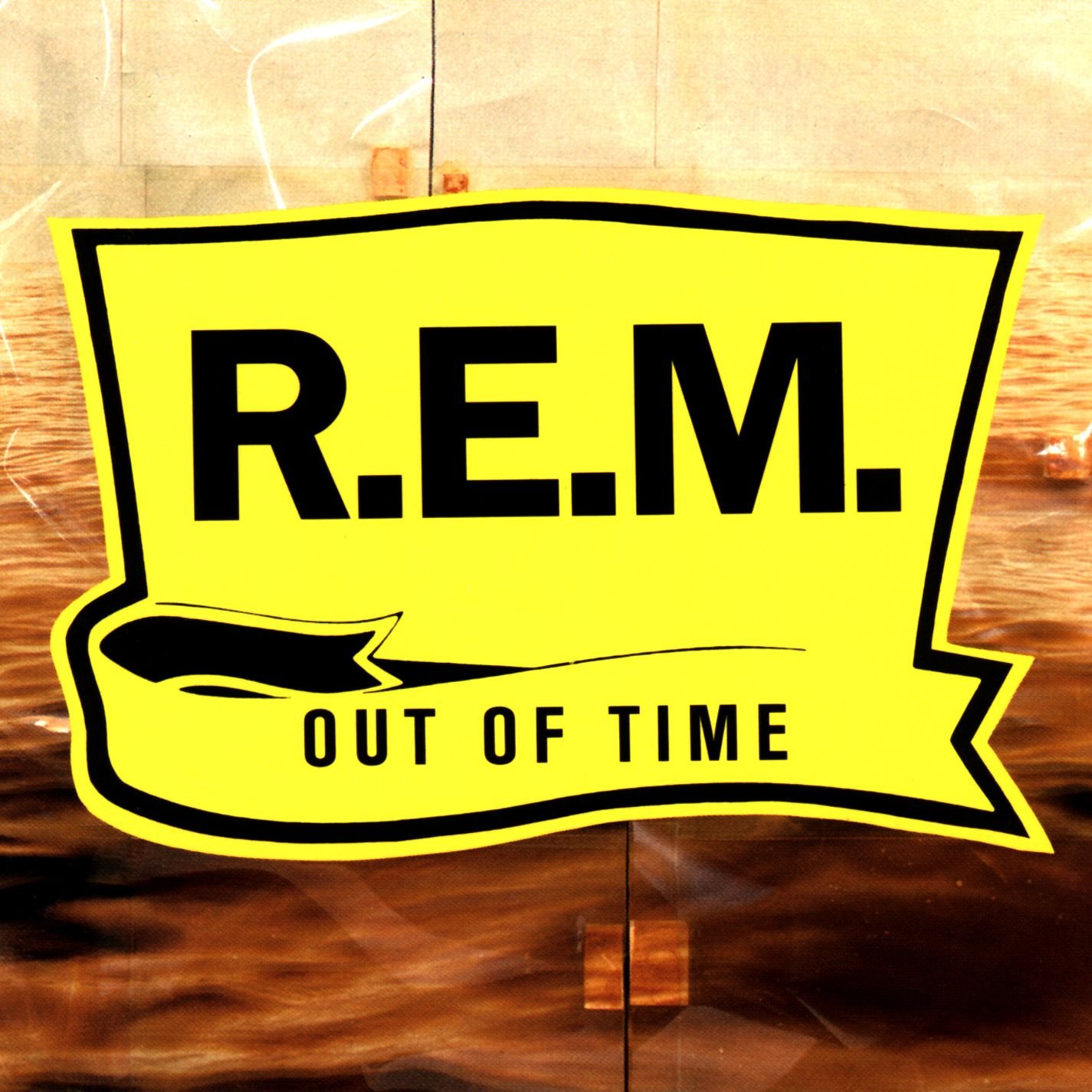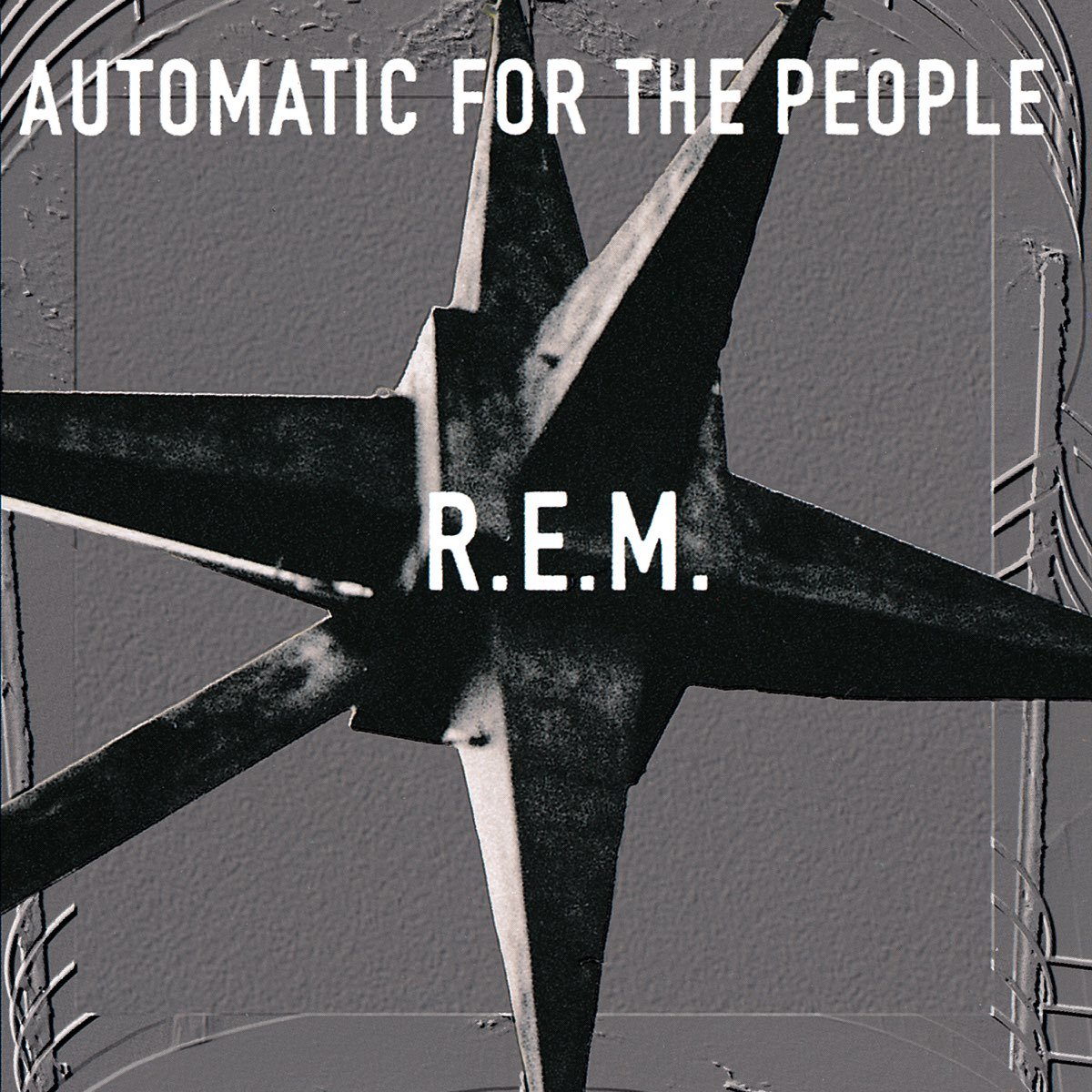Happy 30th Anniversary to R.E.M.’s ninth studio album Monster, originally released September 27, 1994.
Mike Watt, the beloved bassist/force-of-nature behind the indie bands Minutemen and fIREHOSE, among others, once commented that as bands, like R.E.M., got bigger, they had to slow down their songs, since fast songs just bounced around large venues like popcorn kernels in a hot pan. Watt knew personally, having opened for R.E.M. with the Minutemen.
At the same time, large halls require high energy shows. Very few artists can captivate a stadium with a set of acoustic dirges. Plus, the subtlety of slower, more delicate songs can be lost in an arena setting, where the sound isn’t great and a chunk of the audience might not be able to see the band directly, instead observing everything through a pixelated jumbotron.
This was R.E.M.'s dilemma in the early 1990s. They were coming off of two impossibly successful records, 1991's Out of Time and 1992's Automatic for the People (each has sold around 18 million copies). Both albums were quiet and introspective, with different kinds of instrumentation, from mandolins to organs to string sections. They didn't immediately lend themselves to touring and given the sales figures, R.E.M. didn't need to go on the road. The regular airing of their videos on MTV served as a never-ending tour that let the band sleep in their own beds every night.
But R.E.M., at its core, was a band, and bands play shows. Drummer Bill Berry demanded the group create a rocking album they could tour. The rest of the band concurred, not wanting to be the Steely Dan of college rock and wanting to capitalize on their relative youth.
These were the issues and constraints that led to the birth of Monster, a deliberately-constructed album with very specific purposes and high expectations. Which is not to say that Monster is a crassly commercial record developed by label scientists and focus groups to sell albums. Rather it's a fascinating collaboration between a band with indie roots and ambitious goals and a major record label (Warner Brothers) looking to swim in a money vault a la Scrooge McDuck. Everyone wanted the same thing, though: a successful tour and lots of albums sold. Warner Brothers didn't necessarily care about the quality of the album, while R.E.M., always cognizant of its legacy, wanted something authentic that would also sell.
The book on Monster has always been that it's R.E.M.'s return to rock. It's a narrative advanced by the band, because it made a great story and helped sell records and concert tickets. However, while Monster often rocks harder than Out of Time and Automatic, it's comparable, according to my personal rock energy scale, to earlier R.E.M. albums like Document. And truth be told, even Out of Time had up-tempo songs, like "Radio Song," which featured rapper KRS-One.
Listen to the Album & Watch the Official Videos:
It all underscores how R.E.M.'s ability to rock was always a complex proposition. The band consistently recorded fast songs. They pushed boundaries. But they weren't a typical rock band. R.E.M. guitarist Peter Buck gave an insightful explanation to Rolling Stone, explaining, "I’m not sure I’ve ever heard a Black Sabbath record. So we’re into a weird, purist, no metal whatsoever, very little blues, white rock & roll thing." That lack of blues and metal influences usually manifested itself as clean guitar tones. So in that sense, Monster, which featured more processed guitars, including tremolo, delays, and even distortion, did rock more than previous work.
Monster's first single was "What's the Frequency, Kenneth?" (based upon the ramblings of two men who attacked the news anchor Dan Rather). The song features the familiar guitar riff perfected by the Pixies but honed to within an inch of its life by Nirvana, and substantial (for R.E.M.) distortion. The video features the band playing live on a sound stage. Bassist Mike Mills is decked out in a flame-adorned suit, looking like a cross between Jimmy Page in The Song Remains the Same and George Jones on a Tuesday. Singer Michael Stipe is wearing jeans and a t-shirt. Drummer Berry wears white shorts and a sleeveless shirt, essentially a onesie for adults. Guitarist Peter Buck looks like he always does, but with sunglasses.
The video is designed to reinforce the idea of the live, rocking nature of Monster. And "Kenneth" is a great rock song. But R.E.M. is powerless to resist having fun with its audience and to (probably) tweak the expectations of their label. So even as they're creating these waves of publicity around their credibility as a live band embarking on a huge world tour, the song's distinctive solo is recorded backwards, something that will be impossible to re-create live. It's a reassuring wink to fans showing that while the band is interested in success, they're still going to do what's best for a song. Even if that song is the first single.
Buck is also using one of Kurt Cobain's guitars in the video. Cobain died months before the album's release and his presence is palpable on the album. Buck's use of Cobain's guitar is certainly one powerful acknowledgement, as Buck is best-known, at least by guitar nerds, for his use of Rickenbackers, the jangly guitar favored by artists like the Byrds and the Beatles.
"Let Me In," perhaps Monster's grungiest song, is for and about Cobain, featuring lines like "Say you're misunderstood, you claim nobody cares / I can't tell if you just save your mind for someone else" and a chorus of Stipe begging the song subject to "let me in." It's a surprisingly raw R.E.M. track with Stipe crooning over walls of distortion and organ. Interestingly, the guitar is courtesy of Mills and the organ of Buck. Presumably they're trying to capture a bit of the Nirvana aesthetic, but you can easily imagine the song being performed by Neil Young. As visceral as the song is, eventually a simple drum beat comes in, slowly focusing it. Buck's organ further shapes the song, settling it in to an R.E.M.-esque melody. Mills' guitar similarly brings the song into line, until eventually it is transformed into a recognizable, on-brand R.E.M. song, only with gothic overtones. And the kind of song that would work perfectly in a huge arena.
Enjoying this article? Click/tap on the album covers to explore more about R.E.M.:
I've been listening to Best Of R.E.M. At The BBC, a live compilation album, fairly heavily over the past few months. The collection draws fairly heavily from the band's Monster and post-Monster years. One of the striking things is how good a live band they were. Songs, even gentler ones, like "Losing My Religion" come alive in the interplay of their shows. So returning to Monster, which I hadn't done in quite some time, I was struck by how stilted it felt. It's a wonderful album with very strong songs, but R.E.M.'s desire to go from a studio band to a full-blown arena-rocking band was more aspirational than in-practice for that album.
The band needed Monster to launch the tour that would make them into the band they wanted to be, but in hindsight, the vision is not yet fully recognized on Monster. It's an important album because of how it shows a band successfully taking control of its destiny and because of how it demonstrates a band transitioning into another phase of their career. Monster still holds up, but I encourage you to check out their later live work—especially the Monster songs—which completes the journey begun 30 years ago.
LISTEN:
Editor's note: this anniversary tribute was originally published in 2019 and has since been edited for accuracy and timeliness.





